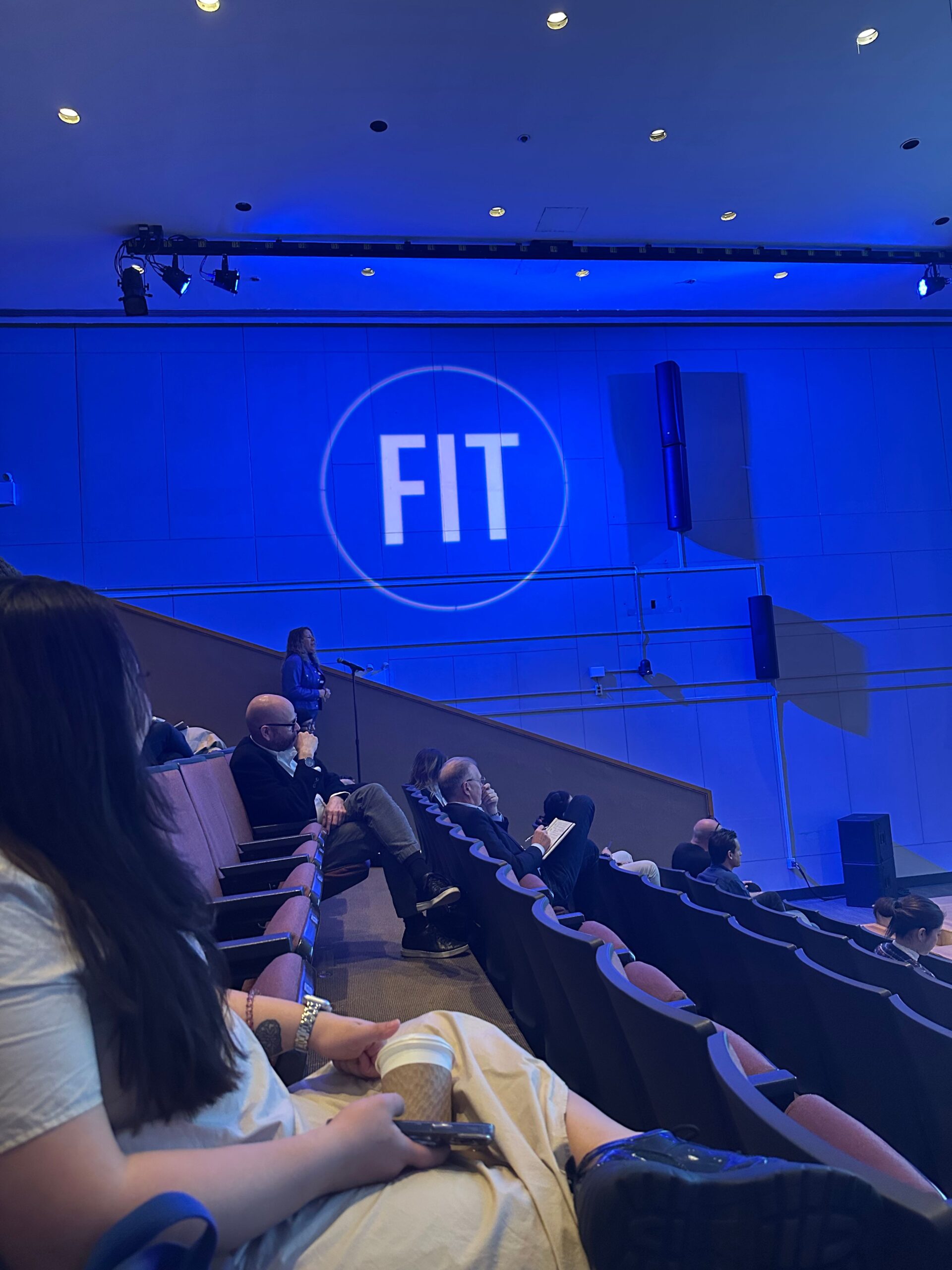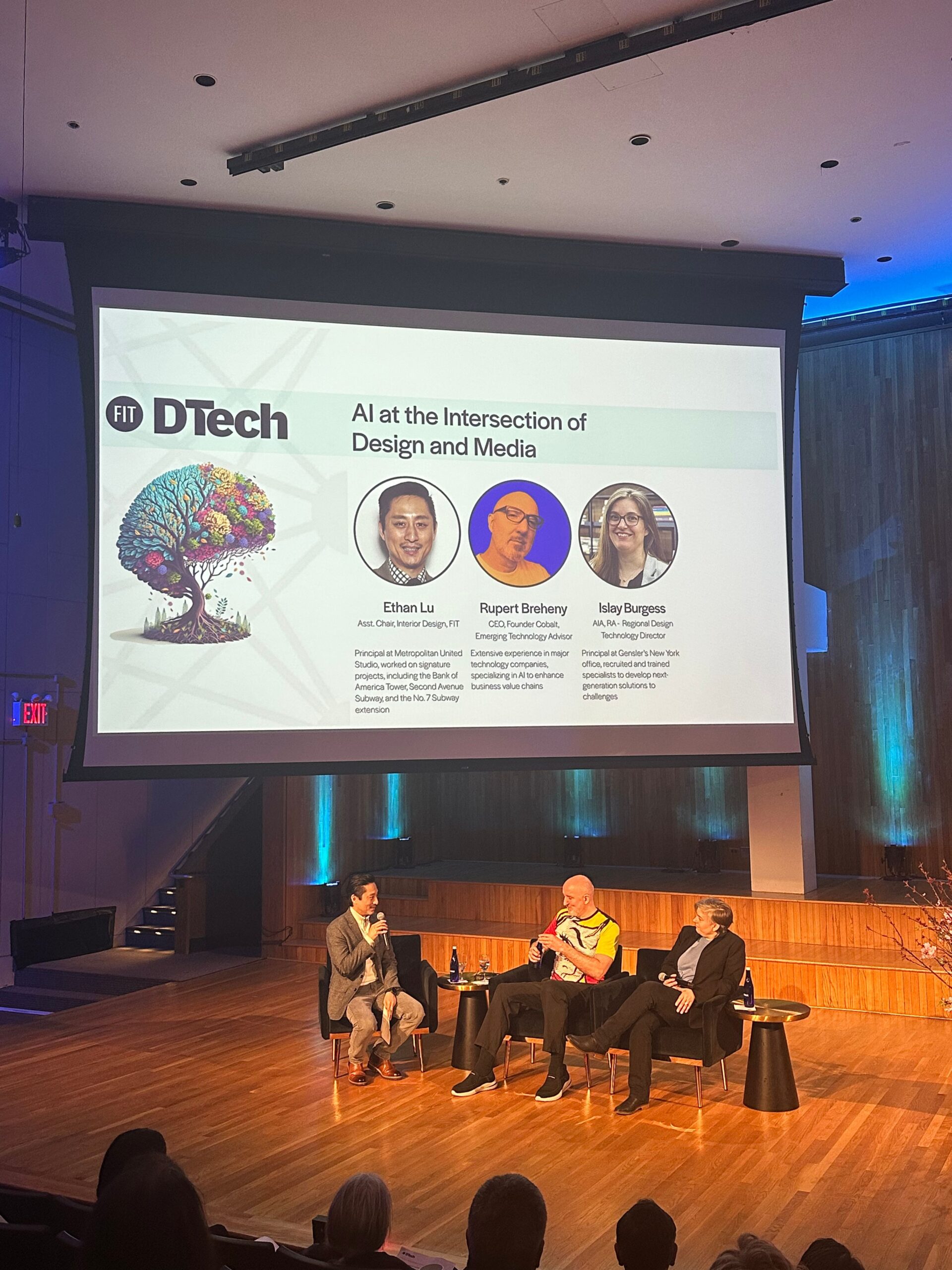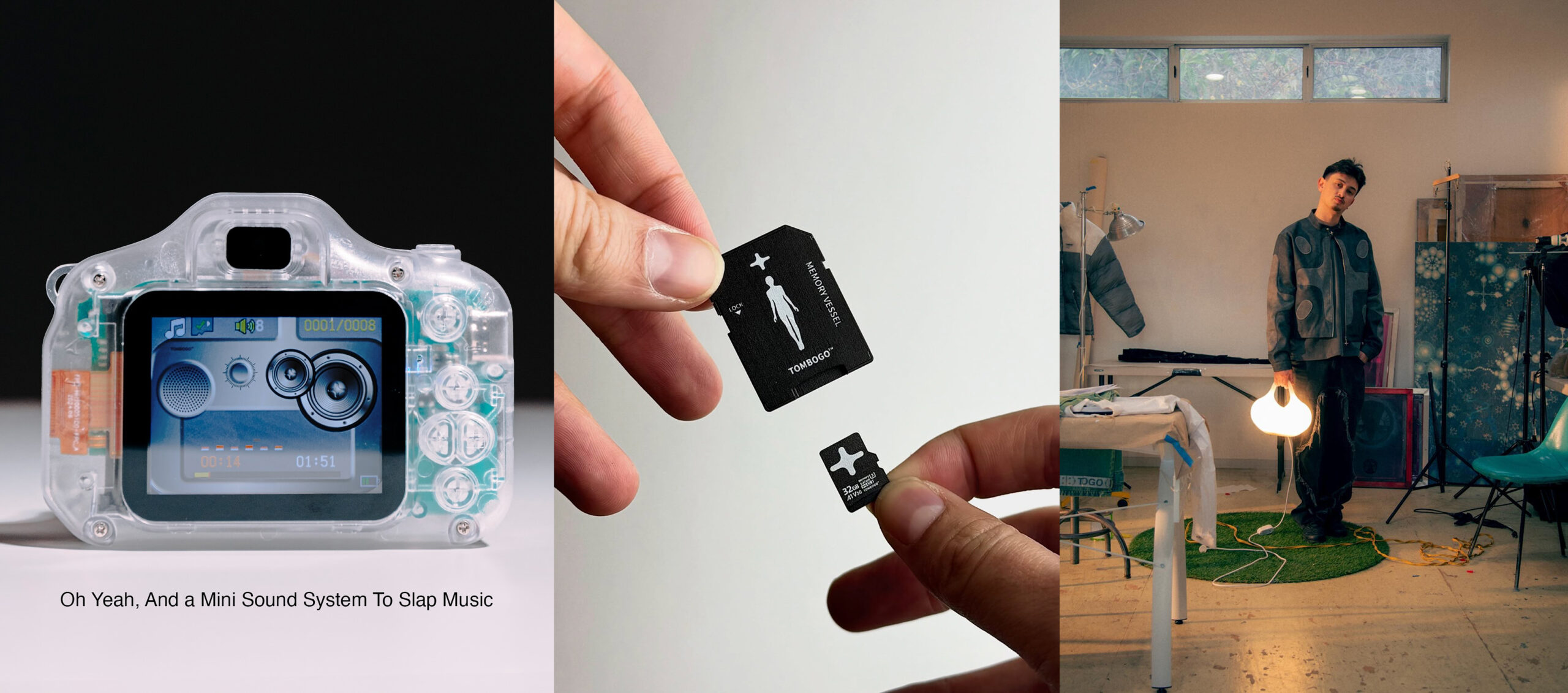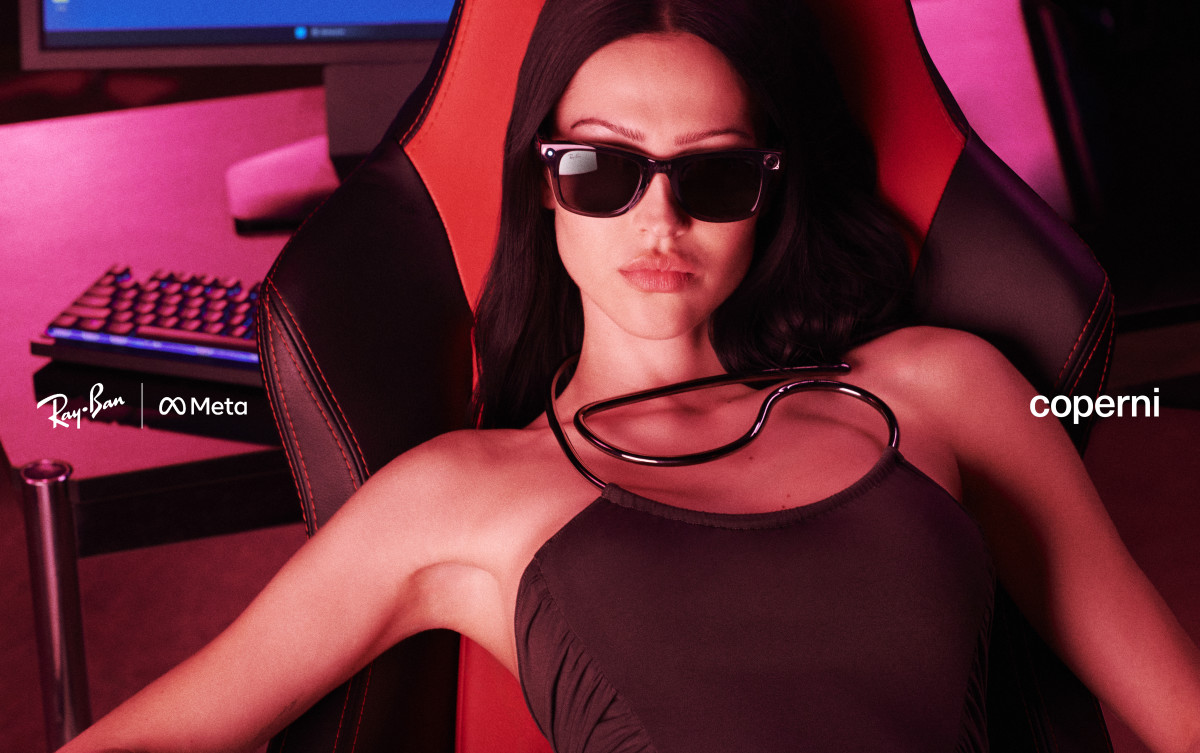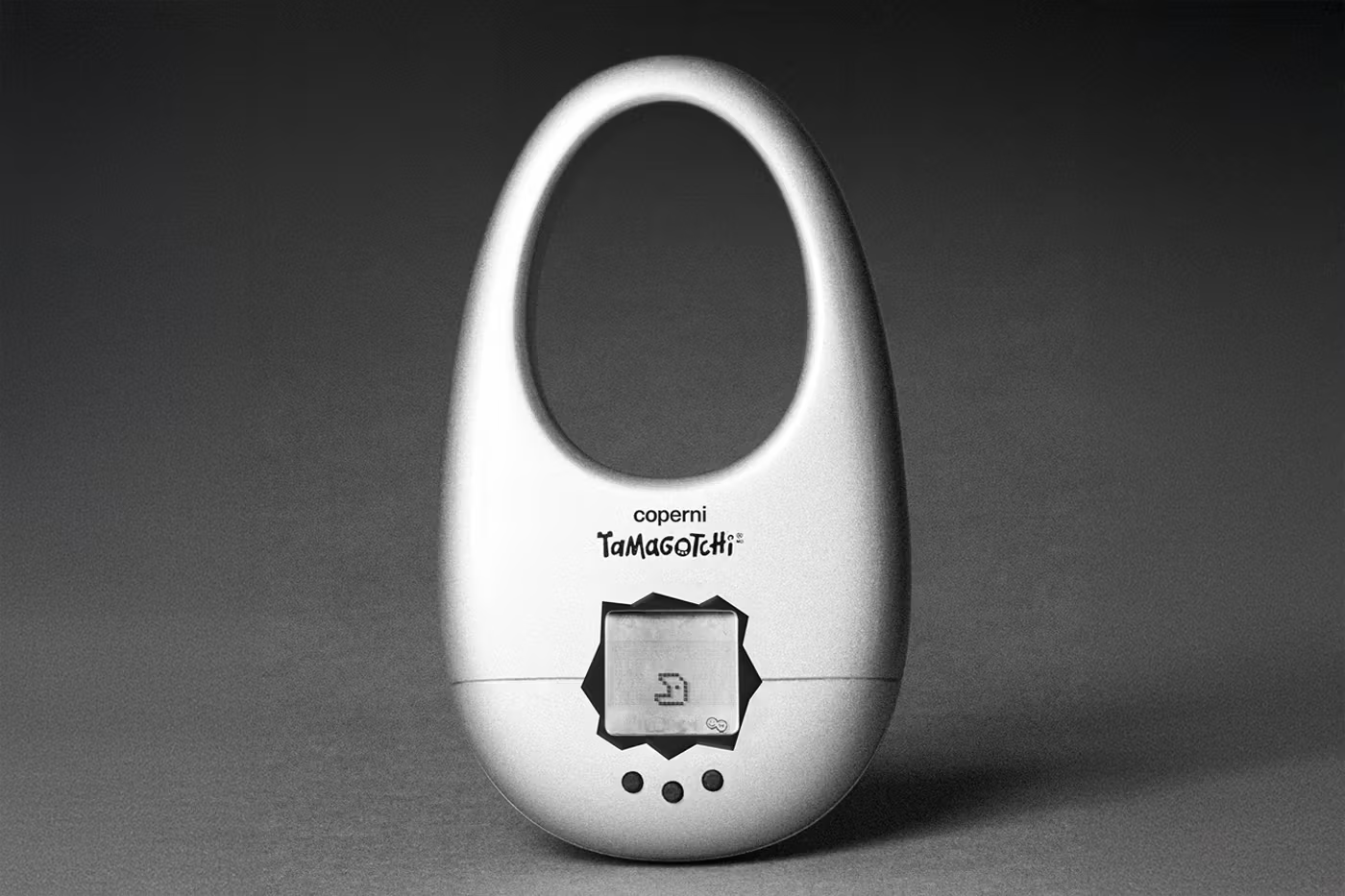This interview was conducted before Xreal’s rebranding from Nreal. Last update >>>>> November 2, 2021
Xreal XR glasses will be the infrastructure for displaying digital assets; it will replace display devices and cast graphics into reality. Just like when iPhone came out, this sets new grounds for how we view and interact with content. It will become the foundation of many new and creative experiences for everyday users.

Unlike many companies who currently only makes B2B glasses, Xreal is one of the biggest consumer-facing XR glasses company that offers affordable and light-weighted devices for everyday use. Xreal’s AR looks just like a regular pair of sunnies, but with 6DoF spatial tracking, dual speakers & mic, 2 spatial computing cameras and can be connected via USB-C. From work to entertainment, you can use common apps like Netflix or FB messenger when paired with Google Play.
Want to know what’s behind the Xreal AR glasses and company? We interviewed Chi Xu, the founder and CEO of Xreal to tell you more!
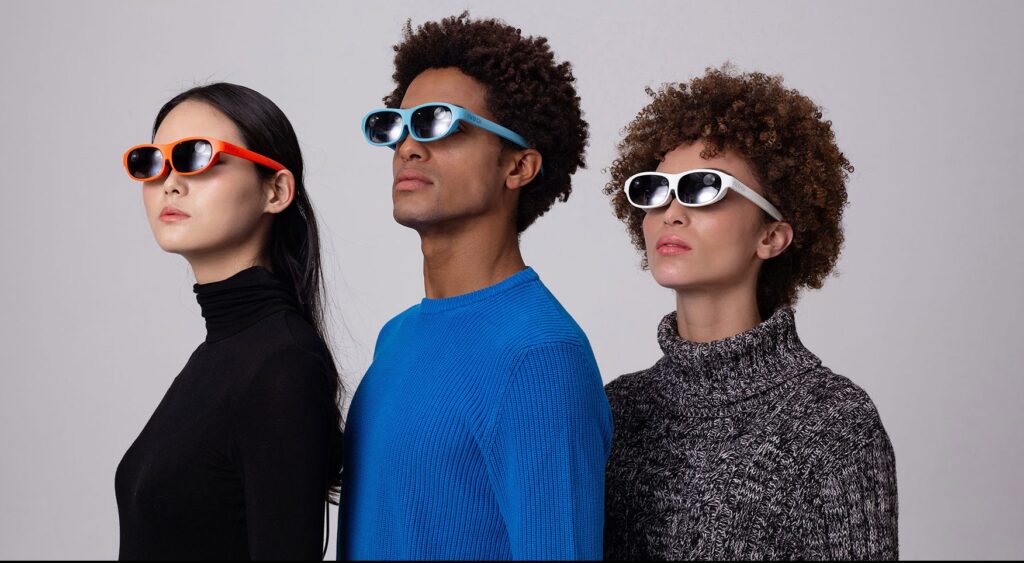
Mixed Reality For Everyone, Everywhere.
What are Xreal light glasses?
CX: With Xreal I saw that the future of mobile would center around the adoption of next-gen technology. And this technology would be Mixed Reality glasses. As 5G technology was launching around the world, we’re finally at a point in time when consumer AR glasses are possible and can stream games or content right to your eyes. So Xreal Light combines the best of both worlds; AR glasses and a smartphone to bridge the gap between next gen AR technology and the smartphones that they have on hand.
What kind of problems is Xreal trying to solve for consumers?
CX: Xreal Light introduces a completely new way to see and interact with the world. When we look down at our smartphones, we’re just interacting with our screen. AR on the other hand enables you to superimpose virtual objects or an environment onto the real world, to make the real world more interactive and enable you to see more and do more, without the limitations of a 2D screen.
Is Xreal focusing on a specific demographic or use case – how do you use Xreal light?
CX: Xreal is building the framework by offering both a software environment and the hardware to support developers and their vision. We don’t have a particular area that we’re singling out, however we are seeing most of our developers build applications in the entertainment, productivity and gaming verticals.
These areas are typically the verticals that tend to be a low-hanging fruit but also areas that consumers pay closer attention to in finding new ways to solve life problems or enhance their digital experience.
What’s so special about Xreal vs other AR glasses in the market?
CX: What makes Xreal Light stand out is that the brand is a product of firsts. If there’s one word to describe the product, it’s “innovation.” It’s safe to say that Xreal Light was the one to set the industry standards for AR glasses that you see today.
Xreal Light was truly the first to introduce a consumer form factor that resembled sunglasses. Xreal Light was the first to tether a 5G smartphone with AR glasses and the first consumer AR glasses that has a global footprint in distributing its glasses through carriers.
How will this change the future of our daily lives? — shopping, browsing, and gaming. Do you see us wearing this everyday in the near future?
CX: With carriers eager to adopt Xreal Light and sell this to their consumers, I believe a future where we’re wearing AR glasses is inevitable. With Xreal Light, you can enhance or even replicate the shopping experience right from your home. You can remove physical limitations on how you conduct meetings and present projects to your colleagues. Gaming is completely transformed as well as you can play games that might blend real-world physical elements with the virtual world, as you might have seen already with games like Pokemon Go.
What kind of relationship do you wish consumers to have with this kind of technology?
CX: We understand that adoption of new technology takes time. So our approach in launching Xreal Light in the market wasn’t to force consumers to choose between their smartphones or Xreal Light. Rather we wanted to bridge both worlds.
Xreal was the first in the world to introduce a tethered smartphone-glasses solution that enables users to consume and enjoy their favorite content on their smartphones, but enhance this experience by projecting content onto a limitless 3D environment. So you can watch TV shows on IMAX-sized screens from your living room.
Xreal Light augments your life by making technology and its practical benefits more engaging for you.
How will this impact normal consumers’ life especially under Covid lockdowns?
CX: Consumers we’ve found have been looking for ways to live a semblance of their old lives again as many have been locked down due to COVID. Xreal Light has been one way to regain control over their lives.
Xreal Light users have been using the glasses to conduct remote “in-person” meetings through a virtual work collaboration solution called Spatial. Others have enjoyed relaxing at home watching their favorite TV shows, but on a virtual theater-sized screen. We’ve seen a lot of our users also simply play fun casual games on Xreal Light as well to pass the time.
We’re working with partners to build a stronger connection between Xreal Light and ways that this can transform or compliment people’s lives, and in the coming year we’ll introduce cooking, productivity, fashion and other AR applications.
What’s evident more than ever is that technology enables people to gain or regain control over their lives, despite the current circumstances.
Say NO to heavy, clunky gears.
At just 88 grams, Xreal is lighter and looks more like fashion glasses than what we see on the market (looks like tools than fashion accessories)…What are some of the key goals when it comes to designing the first Gen?
CX: Xreal Light was designed deliberately to look like sunglasses. We wanted to ensure that the design looked familiar enough that you wouldn’t be put off on wearing them indoors or outdoors.
So we were meticulous about the details when designing Xreal Light. Unlike other glasses on the market, it had to be lightweight and compact. In addition, we had to make sure that the display itself offered a high degree of clarity in the images that it would project.
It also had to be easy to adopt and not require a significant investment from consumers. So Xreal Light is being sold through carriers, where some offer Xreal Light at a subsidized price.
What is the process of coming up with the glasses design? What are some features that you guys are proud of?
CX: What we’re proud of at Xreal Light is that we’ve designed the glasses entirely in-house. We knew what our objectives were and frankly we didn’t manage to trim Xreal Light down to its current size without a lot of trial and error.
Designing Xreal Light isn’t as simple as it looks. We have to accommodate for not just to compact size, but also have to make sure that we’re able to fit all the necessary components like the processor, optics, wiring, camera and more into Xreal Light. That requires a lot of compromises and striking a balance between size and function.
The fact that we’re able to make Xreal Light in the form factor it is today, which has set an industry standard that competitors have modelled their own glasses after, is one of the things that we’re proud of.
Comfort is important; I see that Xreal AR glasses also come with several nose pads and adjustments for comfortable-wear other than being light-weight. What are the goals of these add-ons?
CX: For people to want to adopt AR glasses, it shouldn’t only appeal by appearance. It should also be comfortable. And as our mission is to make sure that AR technology is accessible to everyone, we’ve accommodated for this in the design.
The interchangeable nose pads, prescription lenses, foldable temples making it easy to carry around are all details that we’ve added to ensure that Xreal Light can be used by just about anyone.
Some people are concerned about safety issues — Will long-term wear affect your eyesight? Is it safe to wear outdoor?
CX: AR glasses are safe to wear outdoors. And as AR glasses are a pass-through device, which means that you can see through to the real world, your eyes won’t be strained any more than viewing your smartphone screen. In fact when viewing mobile content through AR, you’re also viewing objects or content as if they might be seen if they were physically present in the real world.
Xreal AR Glasses X Fashion & Lifestyle
I know that Xreal AR glasses can be integrated with many industries. Can you provide some examples of what Xreal has done in the fashion or lifestyle industry?
CX: We’ve worked with a popular developer in Japan called MESON to pilot a fashion application that enabled its users to virtually try on clothing from the fashion brand JOSEPH.
The opportunities for the fashion industry in AR are limitless from offering new ways to experience the brand story, to something as simple as a virtual fitting room.
Nebula — A Hub For AR Content Creators
How complex is Nebula now? Do you have any content partners of the US other than the big APPS?
CX: Nebula is our 3D system that Xreal Light users will be introduced to when turning on their glasses. We managed to build Nebula knowing that getting 2D mobile users to rapidly adapt to a 3D AR environment wouldn’t come overnight. So, Nebula is designed to be intuitive. You’ll see a lot of 2D mobile screen elements that you might be familiar with from your phone, while conveying this in a seamless way in a 3D environment.
We wanted to ease users into familiarizing themselves with AR, but not rush them as that would deter adoption.
For new tech to hit the mainstream market, the brand has to be more adaptable. How do you motivate your developers to maximize the compatibility with Nebula?
CX: We’re working and encouraging developers to build next gen killer apps for Xreal Light. We’ve launched developer programs and offline meet ups to inspire and engage developers on-the-ground.
At the same time, we’re also working with our partners to accelerate AR apps. One example of this is our work with Deutsche Telekom and its Hub:raum incubator, where we’re going to be hosting a demo day to showcase the best AR apps that Germany has to offer.
Developer quicklink: http://developer.xreal.com
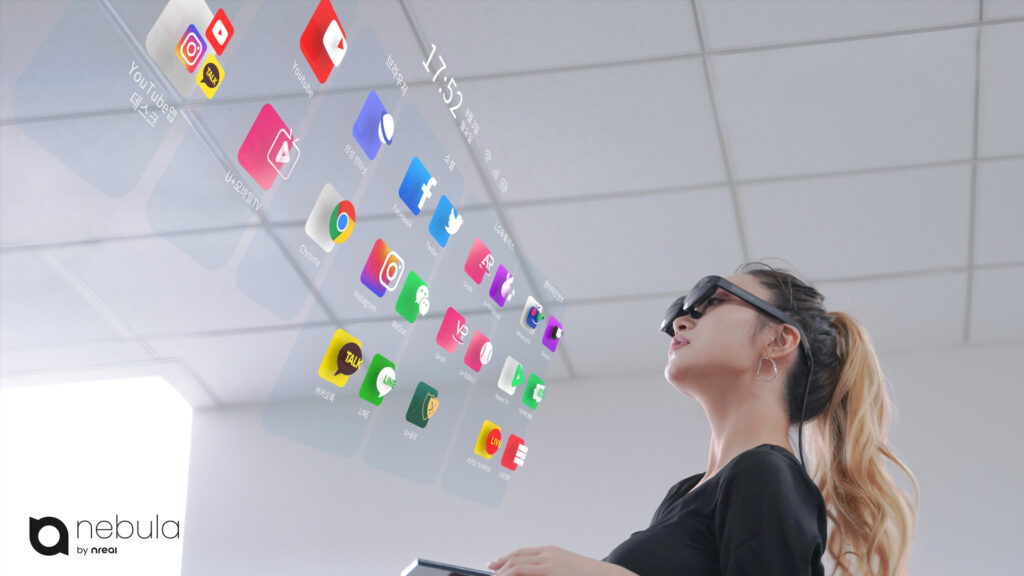
A sneak peek of Xreal’s future plans
Congrats on getting the contract with Vodafone. It seems like your company has grown exponentially. Can you update us with the latest status of your company? How many people do you have now on the team?
CX: We’ve grown a lot since we first introduced Xreal Light at CES 2019. One year after this, we’d turned heads when we made our proof of concept a reality. Now it’s selling in Korea and Japan and slated to launch in the EU and the US this year. We currently have 250 employees.
Xreal is now available for the Japan, S.Korea, and Germany market. When will Xreal be available in America, and how much will it cost? Will there be limited quantities?
CX: We recently announced that Xreal Light will begin selling in the US and our approach will be similar to how we’ve worked with carriers in other markets.We’ll reveal more details about the retail availability including the pricing in the US in the coming months.
Do you have plans to support IOS or other phones in the future? Does Xreal work with Iphone?
CX: Currently we’re supporting Android phones but hope to be able to expand to iOS phones in the future. We don’t believe that adoption of AR and even 5G phones will happen over night, but as technology advances and our lives adapt to new realities that technology is best suited to solve, we believe it’s just a matter of time that everyone will be using a 5G phone and then AR glasses.
In your ideal world, what is the maximized effect of Xreal? How do you want to push the reality from the current to the future.
CX: It’s inevitable that a virtual world will be living on top of our physical reality. We want Xreal Light to be at the forefront of this, in which AR glasses will be primarily how we catch up on email, socialize with friends, play games and get work done.
2021 is a critical year for us as we ramp up our efforts to reach new and more consumers around the world to accelerate AR adoption. Without the consumers and users, there is no AR. So this year, we’re taking the next steps to make our vision come to life.
The Future Of AR Glasses?
How common do you think AR glasses can be in the next five years? What about post-covid?
CX: We’ve introduced a model that we believe works to scale up mass adoption for AR glasses. With the partnership we have with carriers and manufacturers, we believe consumer adoption is inevitable. COVID-19 simply has helped to speed up the process and added urgency to the problem.
How will different people adapt AR glasses in the future?
CX: We think that AR glasses will be the next gateway to consuming mobile content. So there will be different types of consumers, including B2B use cases for Xreal Light, as you’d find with smartphones and smartphone apps today. We think that these glasses will be fully integrated and used in all facets of our lives in the future.
Who’s Xreal’s Founder?
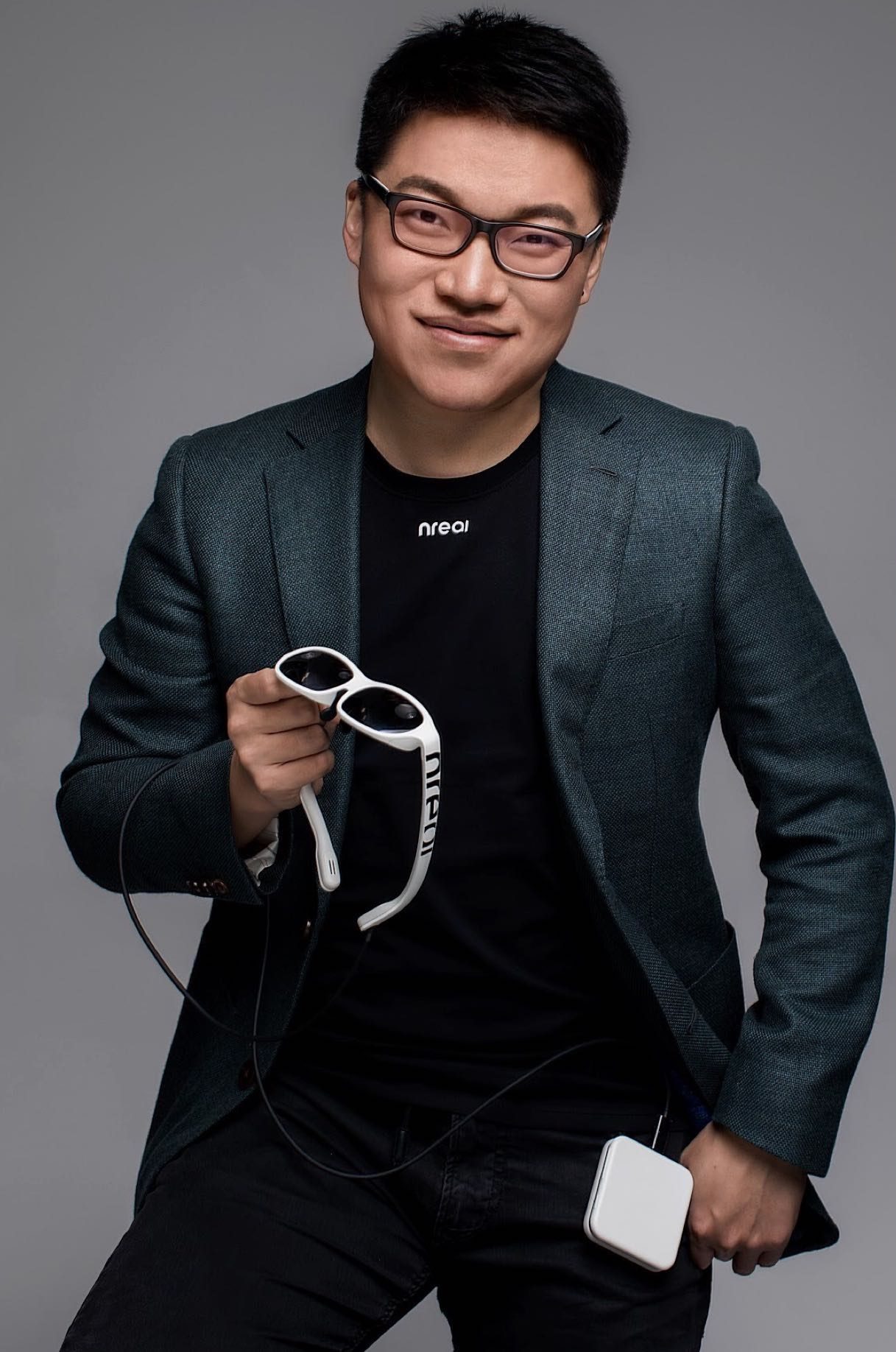
Chi, What’s your personal relationship with technology and art/design? Do you use it every day?
CX: Throughout my career as an engineer, art and design had been the thread that connected people or the end users of our products to the ground breaking impact that technology could have on their lives. In the past and even today, that has been the sole element that I’ve seen could be improved to make even the most cutting edge of technologies palatable and user-friendly to the normal people whose lives we touch. So this philosophy has been used to influence and guide the design and type of relationship we believed non technical people could have with mixed reality technology. We believed that AR could be accessible in a compact sunglasses-like form factor that looked and felt familiar.
On the scale of HYBRIDITY (mix between organic and tech), where do you think your company is currently placed at?
Please choose a number between 1-100, please provide 2 decimal numbers for accurate representation . There are no good or bad numbers. This number is also fluid, we will revisit every year for you to update.
Benchmarks numbers:
1= Total organic, less tech, form first
50 = Total hybrid
100= Total tech, less organic, function first
CX: 65 – we’ve done a lot to build a device that is built on the existing technology that we’re familiar with, but is in reality a completely new type of next-gen technology product.
Currently, the glasses are available at around $600 from retailers outside the US.
Discover more fashion tech products to elevate your lifestyle.
